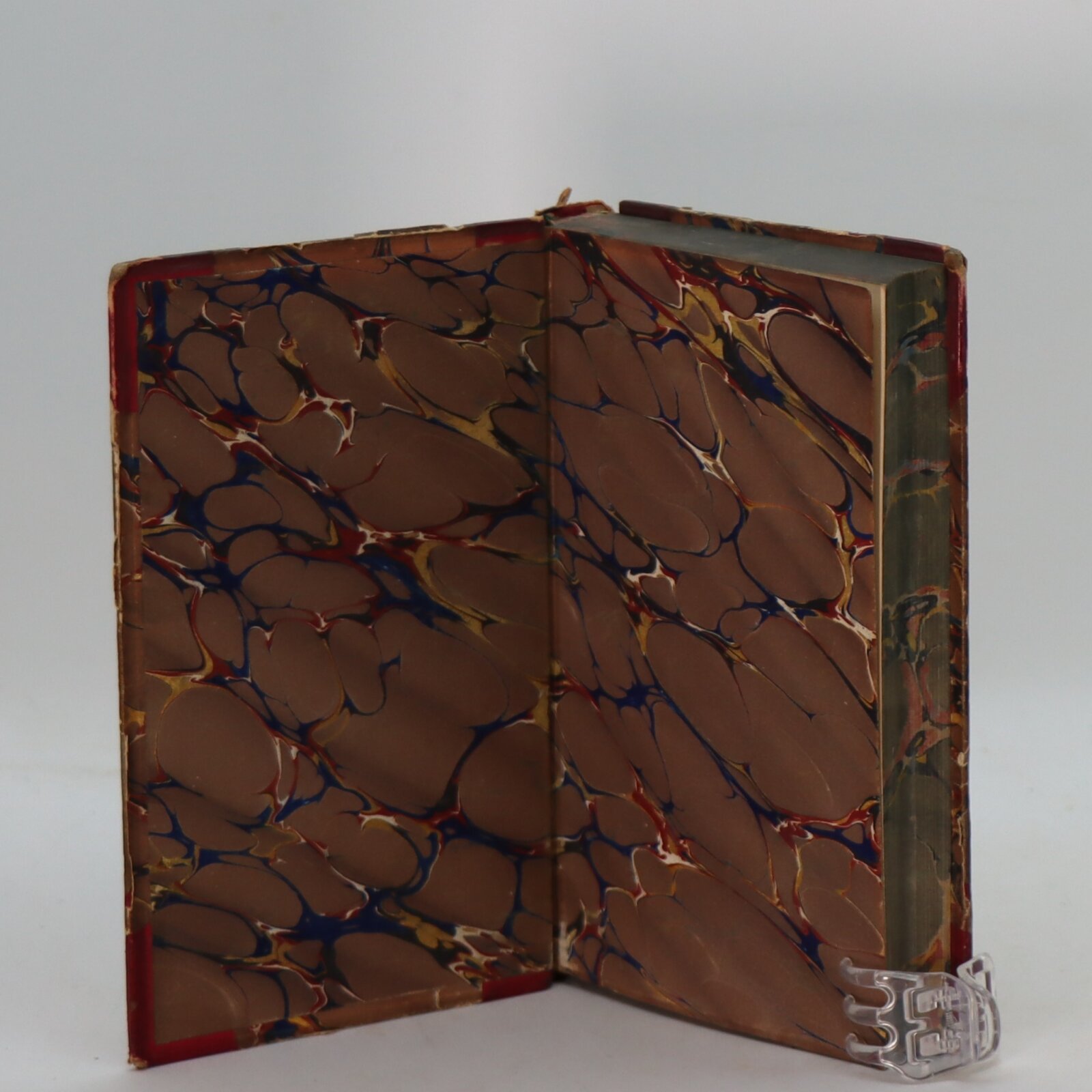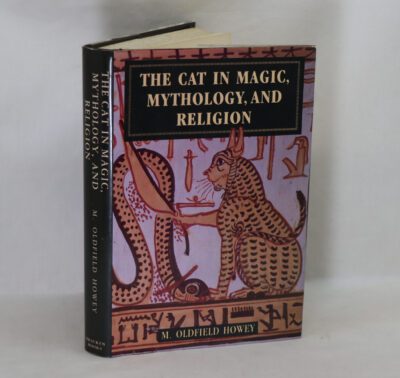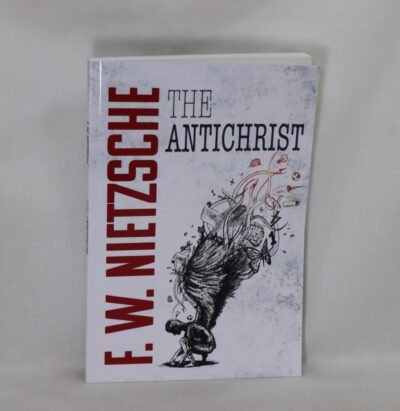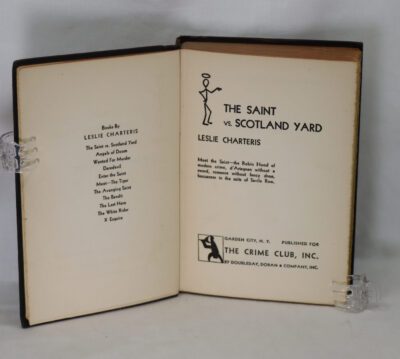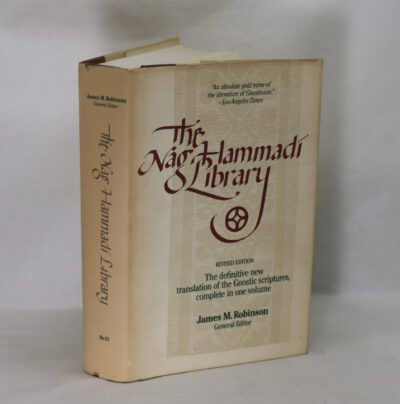Jacob Faithful.
By Marriat
Printed: 1850
Publisher: Richard Bentley. London
| Dimensions | 12 × 17 × 2.5 cm |
|---|---|
| Language |
Language: English
Size (cminches): 12 x 17 x 2.5
Condition: Fine (See explanation of ratings)
Item information
Description
Red calf spine and corners with black title plate, raised and gilt banding, ornate decoration and gilt lettering. Red and brown marbled boards, end papers and page edges.
F.B.A. provides an in-depth photographic presentation of this item to stimulate your feel and touch. More traditional book descriptions are immediately available.
A very well kept book describing a most interesting period of London society.
Jacob Faithful is a tale centred on the lives of the Thames watermen who made their living along the tidal reaches of that river and in the Port of London. Particularly it deals with the story of young Jacob literally born and raised on the river. He is orphaned in bizarre circumstances, gets an education, is apprenticed to a bargeman and then to a wherryman before being “pressed” into the Royal Navy. The book gives an interesting insight into the life of London and it’s great river at the beginning of the 19th Century.
Captain Frederick Marryat CB FRS (10 July 1792 – 9 August 1848) was a Royal Navy officer, a novelist, and an acquaintance of Charles Dickens. He is noted today as an early pioneer of nautical fiction, particularly for his semi-autobiographical novel Mr Midshipman Easy (1836). He is remembered also for his children’s novel The Children of the New Forest (1847), and for a widely used system of maritime flag signalling known as Marryat’s Code.
From 1832 to 1835, Marryat edited The Metropolitan Magazine. Additionally, he kept producing novels; his biggest success came with Mr Midshipman Easy in 1836. He lived in Brussels for a year, travelled in Canada and the United States, then moved to London in 1839, where he was in the literary circle of Charles Dickens and others. He was in North America in 1837 when the rebellion of that year broke out in Lower Canada, and served with the expeditionary force sent to suppress it.
Marryat was named a Fellow of the Royal Society in recognition of his invention and other achievements. In 1843, he moved to a farm at Manor Cottage, Langham in Norfolk, where he died in 1848. His daughter Florence Marryat later became known as a writer and actress. His son Francis Samuel Marryat completed his father’s late novel The Little Savage.
Marryat’s novels are typical of their time, with concerns of family connections and social status often overshadowing the naval action, but they are interesting as fictional renditions of the author’s 25 years’ experience at sea. Among those who admired them were Mark Twain, Joseph Conrad, and Ernest Hemingway, and as the first nautical novels, served as models for later works by C. S. Forester and Patrick O’Brian, also set in the time of Nelson and telling of young men rising through the ranks through successes as naval officers.
Marryat was also known for short writings on nautical subjects. These short stories, plays, pieces of travel journalism, and essays appeared in The Metropolitan Magazine too, and were later published in book form as Olla Podrida. Marryat’s 1839 Gothic novel The Phantom Ship contained The White Wolf of the Hartz Mountains, which includes the first female werewolf to appear in a short story.
In 1839, Marryat also published his Diary in America, a travelogue that reflects his criticisms of American culture and society. The book and the author were both subject to acts of violence, including the burning of the book and of Marryat’s effigy in public.
Controversy arose among Marryat’s readers. Some criticized him for careless writing, others admired his vivacity about life at sea. His later novels were generally for the children’s market, including his most famous novel today: The Children of the New Forest, published in 1847 and set in the countryside round the village of Sway, Hampshire.
Want to know more about this item?

Related products
Share this Page with a friend

